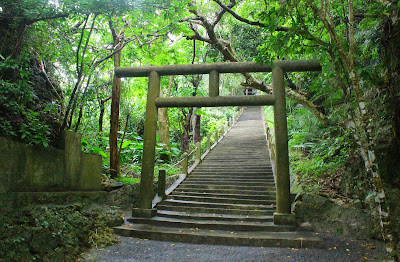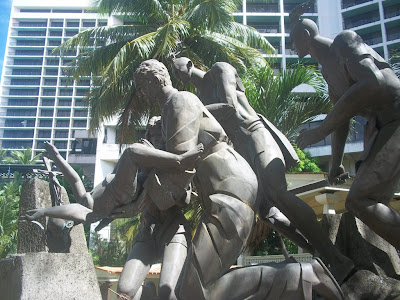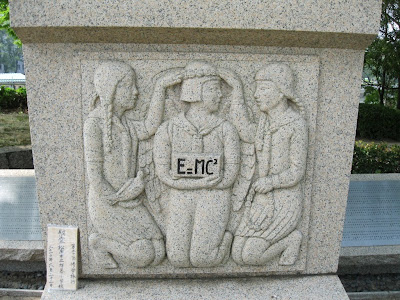Two Poems Written By Angel Santos in Federal Prison

Two poems written by the late Angel L.G. Santos while he was in US federal prison in the year 2000. I will write more on them another time, but for now, let them stand here as a testament to who he was and the times in which he lived, and also, how he helped to affect the course of Chamoru and Guam history up until today. ************************ Who Are We To Uncle Sam – Friend or Foe? (by Angel Leon Guerrero Santos) As I pen this poem, while I sit in prison, For you silence my voice, in the American tradition; Who are we Uncle Sam, are we friend or foe? If we are your friend, then treat us as so; Our land and our water, the air God giveth, You came to our island, and then you taketh; We have drinking water, at Fena Lake you will find, You want us to pay “Now!”, cause it’s no longer mine; Our language and our culture, is 4,000 years old, You pass your own laws, “No More!” we are told; We live and we learn, you say we are one, You build y





